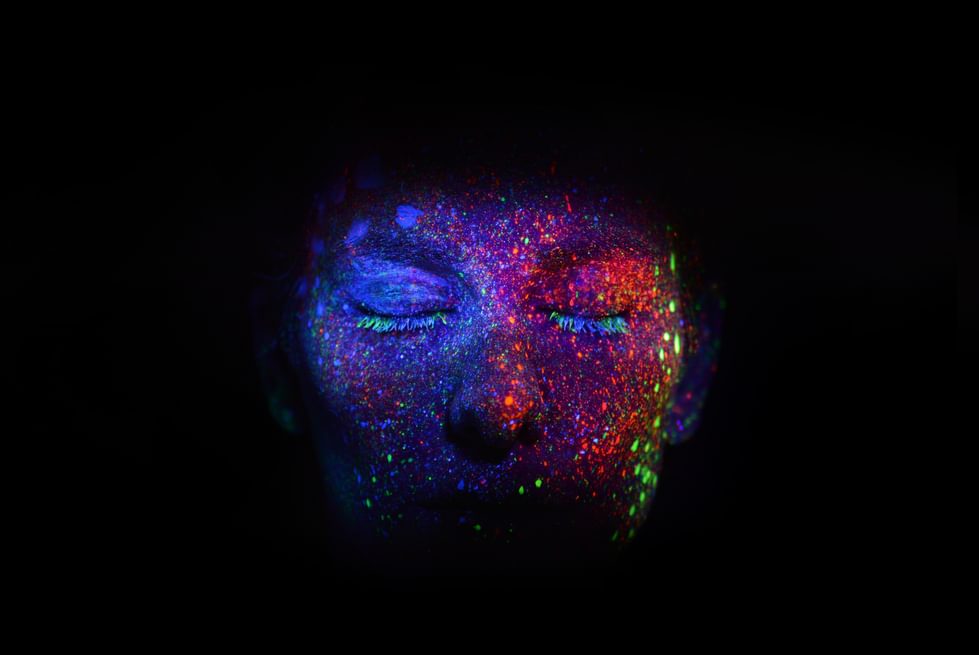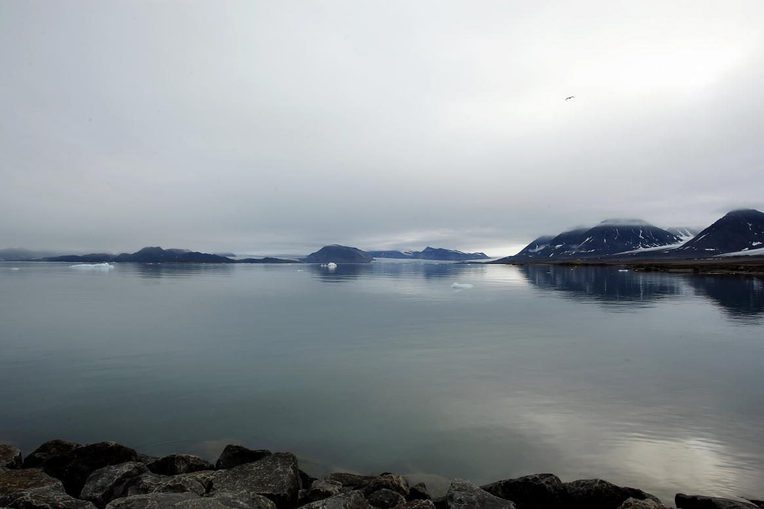Melt
From the Series: Lexicon for an Anthropocene Yet Unseen
From the Series: Lexicon for an Anthropocene Yet Unseen

How does the Anthropocene sound?1 Sound can provide an unexpected way into apprehending developments in the Anthropocene, or, to take Jussi Parikka’s (2015) term, the Anthrobscene: the toxic material accompaniment to computational, tablet, and smartphone media culture, which, far from ushering the contemporary world into a paperless ecotopian sublime, fills the world with poisons and other effects consequent upon producing, consuming, and discarding these devices. Sound can provide a way of wobbling a prognosticating common sense that usually operates in the domains of the visual, the graphic, or the calculational.
Hugh Raffles (2010) has alerted us to the recordings that sound artist David Dunn has made of beetles eating piñon trees, recordings that Raffles and Dunn have described as the sound of global warming (Dunn 2006; samples available here). Tuning into another sign of planetary change, scientists and artists are now auditing the sounds of melting ice. With assisted listening, scientists claim to be calling into audibility the sounds of ice thaw and fracture. In 2013, the American Institute of Physics reported that “glaciers sizzle as they disappear into warmer water. The sounds of bubbles escaping from melting ice make underwater glacial fjords one of the loudest natural marine environments on Earth.” Geophysicist Erin Pettit, who set up underwater microphones off the coast of Alaska, suggests that hydrophonic recordings might track changes in the integrity of glacial ice. Underwater sound becomes a signal of the future, of life and death to come—a mix of clarion call, rumor, and swan song. But it also calls into question the very difference between now and not now; soundings are not always easy to sort into echoes from the past, resonances in the present, or preverberations from the future.

A number of musicians and sound artists have directed their recording machines toward such sounds, from Andrea Polli (2009) and DJ Spooky to Cheryl Leonard (see Hince, Summerson, and Wiesel 2015) and Jana Winderen. In 2010, artist and sculptor Wendy Jacob contributed another entry to this sound-of-melting-ice tradition, traveling to the Arctic archipelago of Svalbard to capture the sound of ice fizzing and fizzling as bubbles trapped for millennia slowly popped and cracked open. Her recording trip inspired an installation that she entitled Ice Floe, exhibited in Boston’s Museum of Fine Arts in 2011.2If you were to hear the recordings for Ice Floe in the way that Boston museumgoers did, you would be sitting or lying on a low twelve-by-twelve-foot transductive floor, feeling/hearing through fourteen jigsaw-joined component platforms the low-frequency vibrations that Jacob was able to record through hydrophones. Sensing through skin and bones the calving of glaciers bubble by bubble presents visitors, Jacob has said, with an experience of “each little breath of 4,000-year-old air letting go.” Full-body hearing, which senses the suspended past breaking into an open and uncertain future, seems an apt method for bringing the sounds of climate change close, for folding ecological process into embodied apprehension, for sensing the sounds of melt.
1. This piece is excerpted and adapted from my collection Sounding the Limits of Life: Essays in the Anthropology of Biology and Beyond.
2. The installation was audible and on view at the Eunice and Julian Cohen Galleria of the Museum of Fine Arts from September 17, 2011 through July 8, 2012. The piece was the result of work that Jacob did as part of an Arctic Circle artist residency sponsored by the Farm Foundation for the Arts and Sciences, and it was staged in connection with Jacob being named the winner of the 2011 Maud Morgan Prize.
Dunn, David. 2006. The Sound of Light in Trees: Bark Beetles and the Acoustic Ecology of Piñon Pines. Earthear, EE0513, compact disc.
Hince, Bernadette, Rupert Summerson, and Arnan Wiesel. 2015. Antarctica: Music, Sounds, and Cultural Connections. Acton: Australian National University Press.
Parikka, Jussi. 2015. The Anthrobscene. Minneapolis: University of Minnesota Press.
Polli, Andrea. 2009. Sonic Antarctica. Gruenrekorder, Gruen 064, compact disc.
Raffles, Hugh. 2010. Insectopedia. New York: Pantheon.